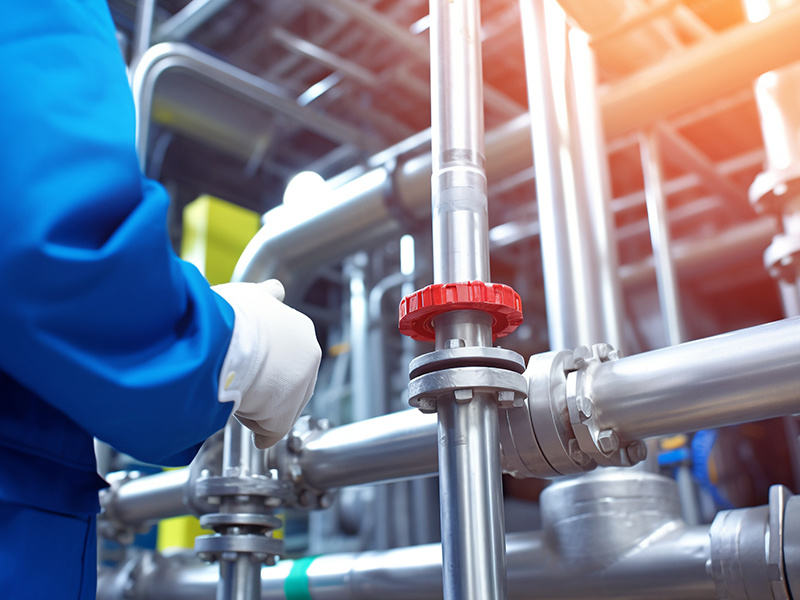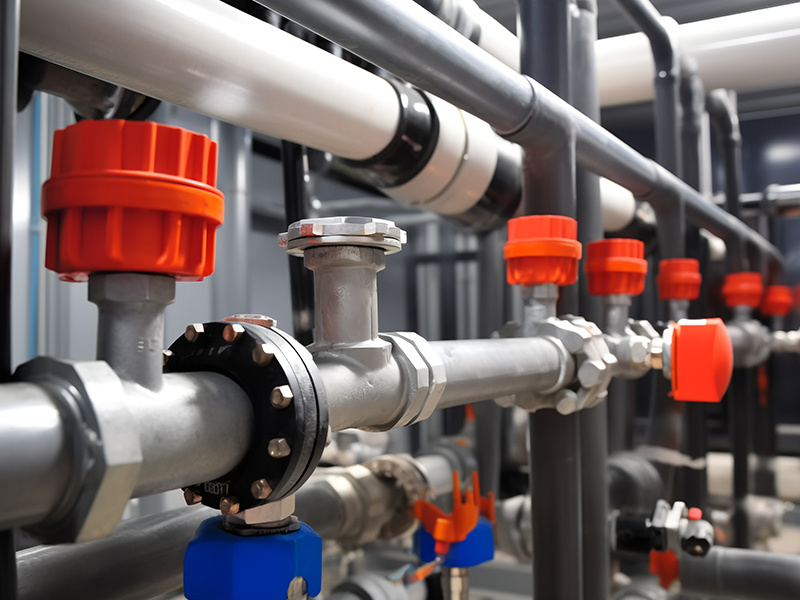The Ins and Outs of Check Valves: A Guide to Flow Control
Release Time:
Jun 15,2025
Discover the essential role of check valves in fluid dynamics, their types, and applications.
What Is a Check Valve?
Ah, the check valve! A small but mighty component in the world of fluid mechanics. You might not think about it much, but this nifty device is crucial in preventing backflow in pipelines. In simpler terms, a check valve allows fluid to flow in one direction only. When the flow reverses, the valve closes, keeping everything in check—pun intended!
Why Do We Need Check Valves?
Imagine a scenario where water is flowing through a pipe. Suddenly, there’s a drop in pressure, and everything goes haywire. Without a check valve, that water could flow back, leading to leaks, contamination, and a whole lot of headaches! It’s like having a bouncer at a club; they ensure that only the right crowd gets in and keeps the troublemakers out.
Types of Check Valves
Now that we’ve established the importance of check valves, let’s dive into the different types of check valves available:
- Ball Check Valve: This type uses a ball to block the reverse flow. When fluid flows in the correct direction, it pushes the ball away from the seat, allowing passage.
- Lift Check Valve: This one operates similarly to a lift—when the flow is strong enough, it lifts a disc or a plug to allow passage. But if the flow decreases, it drops back down, closing off the line.
- Wafer Check Valve: Compact and lightweight, this valve is ideal for tight spaces. It’s sandwiched between two pipe flanges, making installation a breeze!
How Do Check Valves Work?
Alright, let’s get technical for a moment! When fluid flows in the intended direction, it pushes against the valve, overcoming the force of gravity (or any other opposing force). As the fluid pressure increases, the valve opens, allowing the flow to continue. But once the pressure drops or reverses, the valve automatically closes, preventing any unwanted backflow. Pretty slick, right?
Applications of Check Valves
Check valves are everywhere! From residential plumbing to massive industrial systems, these little champions play a vital role in:
- Water Supply Systems: Keeping the flow steady and preventing contamination.
- Pumping Stations: Ensuring that pumps operate effectively without backpressure.
- Oil and Gas Industries: Protecting pipelines against surge pressures and leaks.
Choosing the Right Check Valve
So, how do you choose a check valve? It’s not just a matter of picking one off the shelf. You’ll need to consider:
- Flow Rate: Ensure the valve can handle the required flow without any hiccups.
- Pressure Rating: Different applications will have different pressure requirements.
- Material: The valve must be compatible with the fluid it’s regulating. For example, corrosive liquids need valves made from robust materials.
Maintenance Tips for Check Valves
You can’t just set it and forget it! Regular maintenance is key to keeping your check valves functioning properly. Here are a few tips to keep those valves in tip-top shape:
- Inspect regularly for leaks or wear and tear.
- Clean the valve seats to prevent buildup.
- Test the valve to ensure it opens and closes correctly.
Conclusion
In the grand scheme of things, check valves might seem small, but they play a huge role in ensuring the smooth operation of fluid systems. Whether you’re a DIY enthusiast or a seasoned engineer, understanding how these valves work can save you time, money, and a whole lot of trouble down the road. So next time you turn on the tap or drive past a pumping station, give a nod to the unsung hero of fluid dynamics—the check valve!





